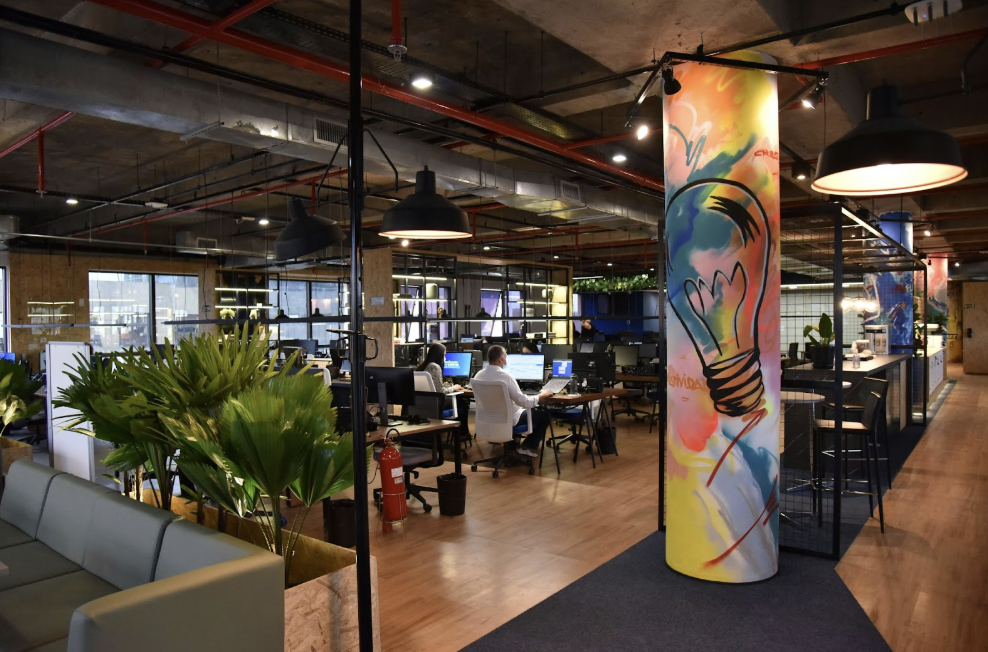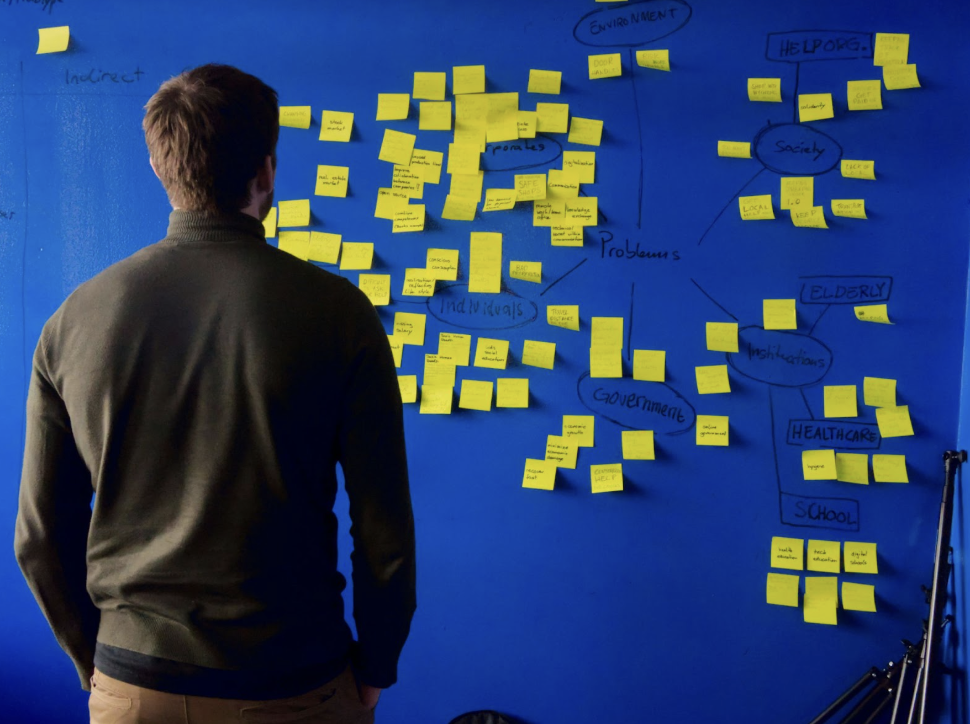A changing global economic logic for Sovereign Wealth Funds
In late 2025, the global economy is defined by slower long-term growth and increasingly fragmented trade. The IMF projects the G20’s medium-term growth to average below 3 percent, the weakest trajectory since the 2009 financial crisis, while more than 40 percent of global goods and services trade is now affected by technology and industrial-sovereignty policies. In this environment, nations that rely solely on commodity exports, advantageous geography, or financial reserves risk structural decline. The new axis of competition is the ability to produce and export frontier technology, not merely access it.
Sovereign wealth funds (SWFs) have adapted accordingly. Their mandate now extends beyond intergenerational capital preservation to the development of national innovation capacity. Venture studios, organisations that systematically originate and build companies, offer SWFs a mechanism to do so. When these studios operate with focused sector strategy, they enable sovereign capital not only to invest in innovation but to architect innovation ecosystems in domains that will define the next era of global value creation.
Sectoral focus as a mechanism for export power, not just innovation volume
Traditional venture capital allocates capital toward the fastest scaling markets and highest liquidity windows. Sovereign venture studios operate under a fundamentally different logic: they seek not only financial returns but the construction of export-oriented capability. Data across 14 sovereign-aligned studio ecosystems shows that studios concentrated in two to five clearly defined strategic sectors generate more than twice as much IP per dollar invested as generalist counterparts, sector-focused portfolios achieve ~74 percent seed-to-Series-A conversion, compared with ~46 percent in broad thematic portfolios, and countries with clear sector alignment experience significantly higher export uplift from venture creation than those attempting broad diversification.
Sector precision is therefore not restrictive. It compounds learning, infrastructure, and capability development, turning venture studios into industrial-competitiveness engines, rather than merely startup generators.
Why these sectors, and why they matter for export competitiveness
Although sovereign innovation ecosystems differ in size and economic structure, their sector priorities converge because certain domains determine who will lead the global economy.
Artificial Intelligence and Data Infrastructure
AI is not prioritised because it is fashionable, but because it is a general-purpose technology with economy-wide spillovers. The global AI opportunity is projected to add USD 15.7 trillion to GDP by 2030, with the AI infrastructure market growing from USD 35 billion in 2023 to more than USD 220 billion by 2030. Countries that do not control compute, data pipelines, and core models risk dependence on foreign vendors across virtually every industry. Venture studios focused on AI and data infrastructure allow SWFs to export AI-native capability rather than import it, securing an early position in a sector poised to dominate global productivity growth.
Agri-Tech and Food Systems
Food-system fragility has become a structural economic risk. The GCC imports roughly 85 percent of its food, and urbanising emerging markets are experiencing rising demand against finite arable capacity. Agri-tech is therefore a 9 percent compound-growth sector, driven by precision farming, controlled-environment systems, and water-efficiency technologies. Sector-focused venture studios transform food reliance into a competitive advantage: they reduce national exposure while producing technologies that other food-insecure markets demand.
Climate Technology and Industrial Decarbonisation
Decarbonisation has become a determinant of market access. Between now and mid-century, USD 7–9 trillion of additional climate-technology investment will be required to support the global transition. By 2030, most cross-border trade is expected to be conditioned by carbon-intensity regulations. Venture studios building hydrogen systems, electrified industrial processes, carbon-management tools, and low-carbon materials enable SWFs to convert the climate transition from compliance cost into an industrial export opportunity.
Digital Infrastructure and Cyber-Resilient Systems
Digital infrastructure, such as fibre, cloud, edge networks, identity, and cyber platforms, has a measurable effect on productivity and trade participation. It is also deeply geopolitical: digital dependency becomes economic and cybersecurity dependency. Studios focused on digital infrastructure allow SWFs to build foundational layers that increase productivity across all other tech-intensive sectors while developing cyber-resilient platforms that are globally licensable.
Health, Life Sciences, and Biotechnology
Life sciences represent one of the largest expanding technology markets: valued at USD 1.7–1.8 trillion in 2025, and projected to exceed USD 5 trillion by 2034. R&D spending, approaching USD 200 billion annually, reflects both high barriers to entry and durable demand. Venture studios in health analytics, diagnostics, therapeutics platforms, and bio-manufacturing create exportable deep-tech IP in a sector that compounds national capability and economic influence.
Financial Technology and Digital Financial Infrastructure
Fintech has become a structural pillar of the global financial system. Cross-border payments total nearly USD 200 trillion annually and are projected to rise toward USD 300 trillion by the early 2030s. Digital transaction systems could reduce global costs by ~USD 500 billion, disproportionately benefiting emerging economies. Venture studios specialising in payment rails, identity-linked transactions, risk analytics, and tokenisation enable SWFs to export digital financial architecture, extending both economic reach and geopolitical influence.
Across all six domains, the rationale is the same: sovereign venture studios focus on the sectors that other nations will eventually pay for.
How sector focus becomes global competitiveness
Sector-focused venture studios translate innovation into export advantage through four reinforcing mechanisms:
Talent concentration: specialised technical and commercial expertise accumulates, increasing ecosystem productivity and lowering venture-building cycle time.
Shared industrial infrastructure: labs, pilot sites, regulatory pathways, and specialised manufacturing become feasible and reusable across ventures.
Demand access and scale pathways: coordinated anchor-customer relationships accelerate adoption, shortening time to revenue and global entry.
IP and know-how compounding: scientific and digital assets remain domestic while scaling globally, increasing bargaining power in trade and partnerships.
The result is not incremental startup growth but the construction of an industrial capability that is internationally competitive.
Evidence from leading sovereign innovation ecosystems
This pattern becomes clearest when sovereign ecosystems are evaluated longitudinally.
Singapore concentrated venture building in semiconductors, cybersecurity, and health analytics, producing companies now exporting deep technology across Asia and Europe.
United Arab Emirates focused on industrial decarbonisation, maritime logistics, and industrial AI, shifting from commodity-driven growth toward the export of industrial technology and platforms.
Saudi Arabia prioritised food systems, biotech and energy transition solutions, resulting in IP accumulation, high-skill employment and manufacturing capacity that serve regional and emerging markets.
In each case, capital alone was not the differentiator, but the sectoral clarity was.
Conclusion
Sovereign venture studios are no longer tools for launching startups; they are instruments for anchoring a country’s competitive position in the global economy. Sector focus is the mechanism that transforms venture building from entrepreneurial activity into an export-oriented industrial strategy. In a time defined by technological sovereignty, protectionism, and slow macroeconomic growth, the sovereign wealth funds that will shape the next phase of global competition are not those deploying capital broadly in innovation, but those deploying it precisely in the sectors that will define global value creation, and building companies capable of exporting that value to the world.
References
Venture Studio Index — Sectoral Concentration and Innovation Efficiency Study (2024)
International Forum of Sovereign Wealth Funds — National Priorities and Innovation Allocation Trends (2023–2025)
OECD Science, Technology and Industry Outlook (2024)
Boston Consulting Group — Industrial Strategy and Venture Studio Operating Models (2022)

























